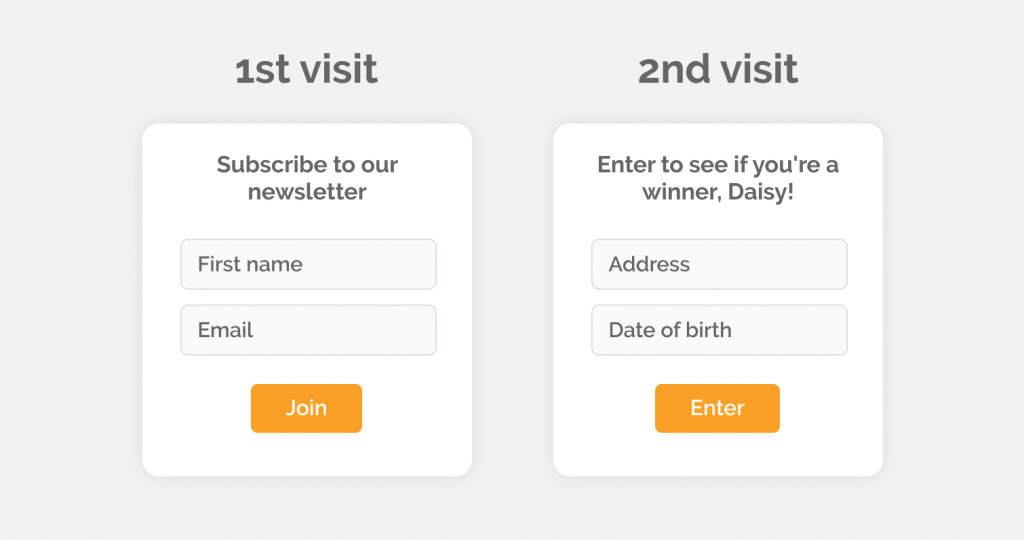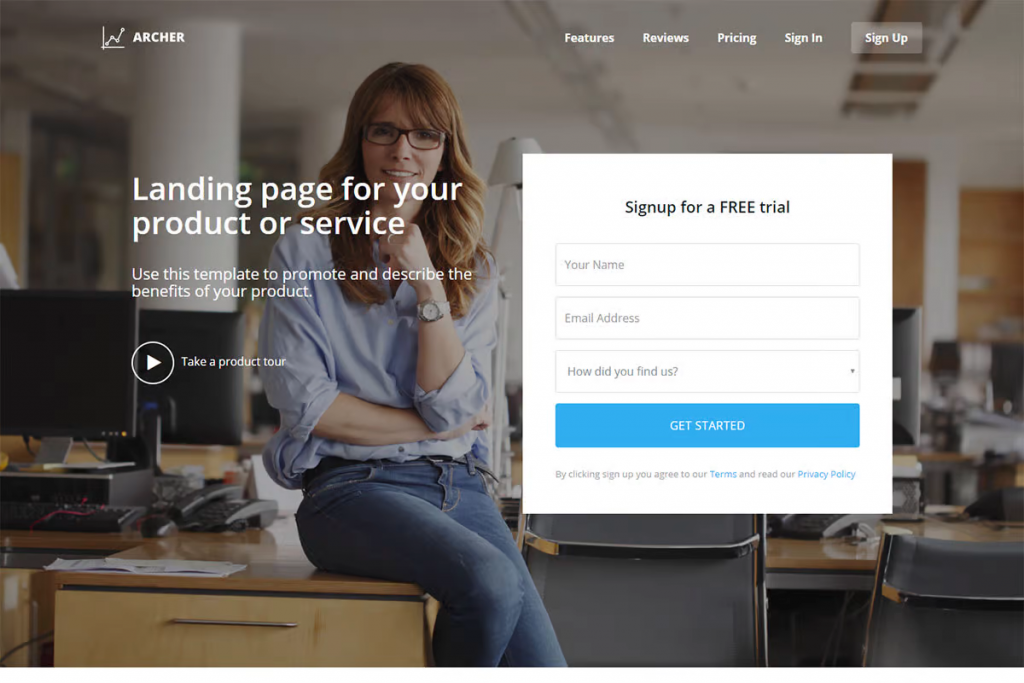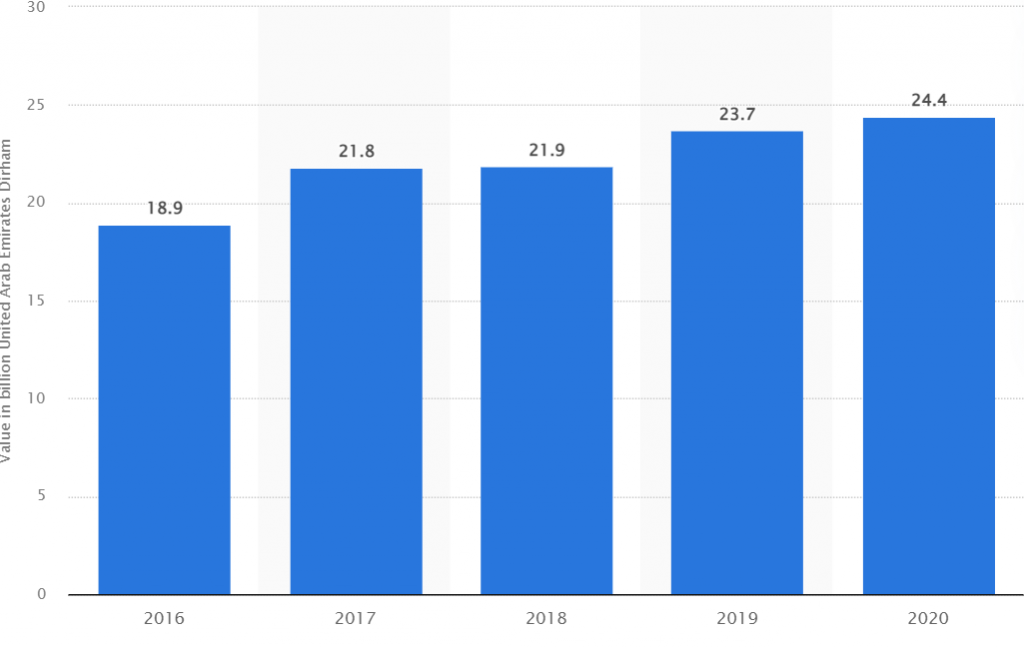Examples of Successful B2B Sales Strategies and How to Leverage CRM for B2B Success
Navigating the complex landscapes of decision-making hierarchies and protracted sales cycles poses significant challenges for Business-to-Business (B2B) sales.
For professionals entrenched in the B2B arena, understanding the nuanced dynamics of this landscape is essential to formulate strategies that crack the code for successful outcomes.
Examples of Successful B2B Sales Strategies
The B2B sales terrain is characterized by its intricacies. It often involves many stakeholders with distinct needs, priorities, and decision-making authority.
Unlike Business-to-Consumer (B2C) transactions, B2B sales usually entail protracted processes and meticulous relationship-building efforts. Comprehending the intricate web of stakeholders and their roles is essential in this environment.
Here are examples of Successful B2B Sales Strategies:
- Consultative Selling: Adopting a consultative selling approach involves sales teams acting as advisors rather than mere sellers.
- Strategic Relationship-Building: B2B sales success often hinges on building strategic relationships. In the technology sector, Microsoft exemplifies this strategy. Microsoft expands its reach by fostering collaborative partnerships with other businesses and technology providers. It delivers comprehensive solutions to clients, contributing to its enduring success in B2B sales.
- Value-Based Selling: B2B sales focusing on delivering tangible value to clients are more successful. Cisco, a global leader in networking technology, employs a value-based selling strategy. By demonstrating the real benefits of its solutions in terms of efficiency, cost savings, and scalability, Cisco effectively navigates the complexities of the B2B landscape.
- Customized Solutions: Tailoring solutions to meet clients’ unique needs is a hallmark of successful B2B sales.
- Thought Leadership and Education: Establishing thought leadership in the industry and educating clients are effective B2B sales strategies.
Effective B2B sales teams become the reason for this success based on this understanding. These teams are not just sellers but orchestrators of relationships, adept at traversing the intricate web of decision-makers within client organizations.
In a business where a single transaction may involve multiple touchpoints and extensive relationship-building, the B2B sales team guides clients through the complexities. It ensures a seamless journey from prospect to satisfied customer.
Building Effective B2B Sales Teams
The foundation of successful B2B sales strategies rests on the shoulders of the sales teams. Unlike B2C scenarios, B2B transactions are seldom impulsive; they result from informed decisions by stakeholders. Thus, assembling a proficient B2B sales team is a strategic imperative.
In navigating the intricate B2B sales cycle, sales teams are not merely closing deals but cultivating enduring relationships. This involves adopting consultative approaches, active listening, and a keen understanding of the client’s business landscape.
Successful B2B sales teams act as strategic partners, aligning their offerings with client goals and ushering in a collaborative journey rather than a transactional exchange.
Nurturing Long-Term B2B Relationships
In B2B, transactions are not isolated events but building blocks of enduring relationships. Nurturing long-term relationships is a cornerstone of successful B2B sales strategies, which involves transitioning from a transaction-focused mindset to a relational one, where each interaction contributes to the long-term value exchange between the two entities.
Consider the approach taken by consulting firms like McKinsey & Company. In navigating the complexities of B2B relationships, McKinsey emphasizes cultivating trust, transparent communication, and a commitment to delivering sustained value.
This approach has allowed McKinsey to establish enduring client partnerships, transcending individual projects and evolving into trusted advisors within the B2B landscape.
Strategies for Handling Complex Sales Cycles
The protracted nature of B2B sales cycles demands a strategic approach.
Successful B2B sales strategies involve:
- The orchestration of multi-stage processes.
- Aligning offerings with client needs.
- Adapting to the intricate dynamics of decision-making hierarchies.
Consider the pharmaceutical industry, where B2B sales cycles are notably intricate.
Companies like Pfizer navigate prolonged sales cycles by focusing on relationship-building, understanding the regulatory landscape, and aligning their solutions with the unique needs of healthcare organizations.
This strategic alignment allows Pfizer to weather the complexities of the B2B pharmaceutical sales landscape.
Leveraging CRM for B2B Success
In the digital age, Customer Relationship Management (CRM) systems emerge as indispensable tools for navigating the complexities of B2B sales.
CRM systems offer a centralized platform that provides insights into stakeholder interactions, tracks communications, and streamlines multi-stage sales processes.
The success of B2B sales strategies hinges on a profound understanding of the intricacies within client organizations, the efficacy of sales teams, the nurturing of long-term relationships, the adept process for handling complex sales cycles, and the strategic integration of CRM systems.
By cracking the code of these essential elements, professionals can navigate the complex B2B landscape with finesse, ensuring successful outcomes and enduring relationships within the intricate world of business transactions.
Learn more about using CRM systems to transform your sales and marketing. Talk to our CRM experts. Book a FREE demo below.
Curious how digital ecosystems can help improve your business?
Check out how digital ecosystems can boost your company performance by getting started here.
Book a Demo




